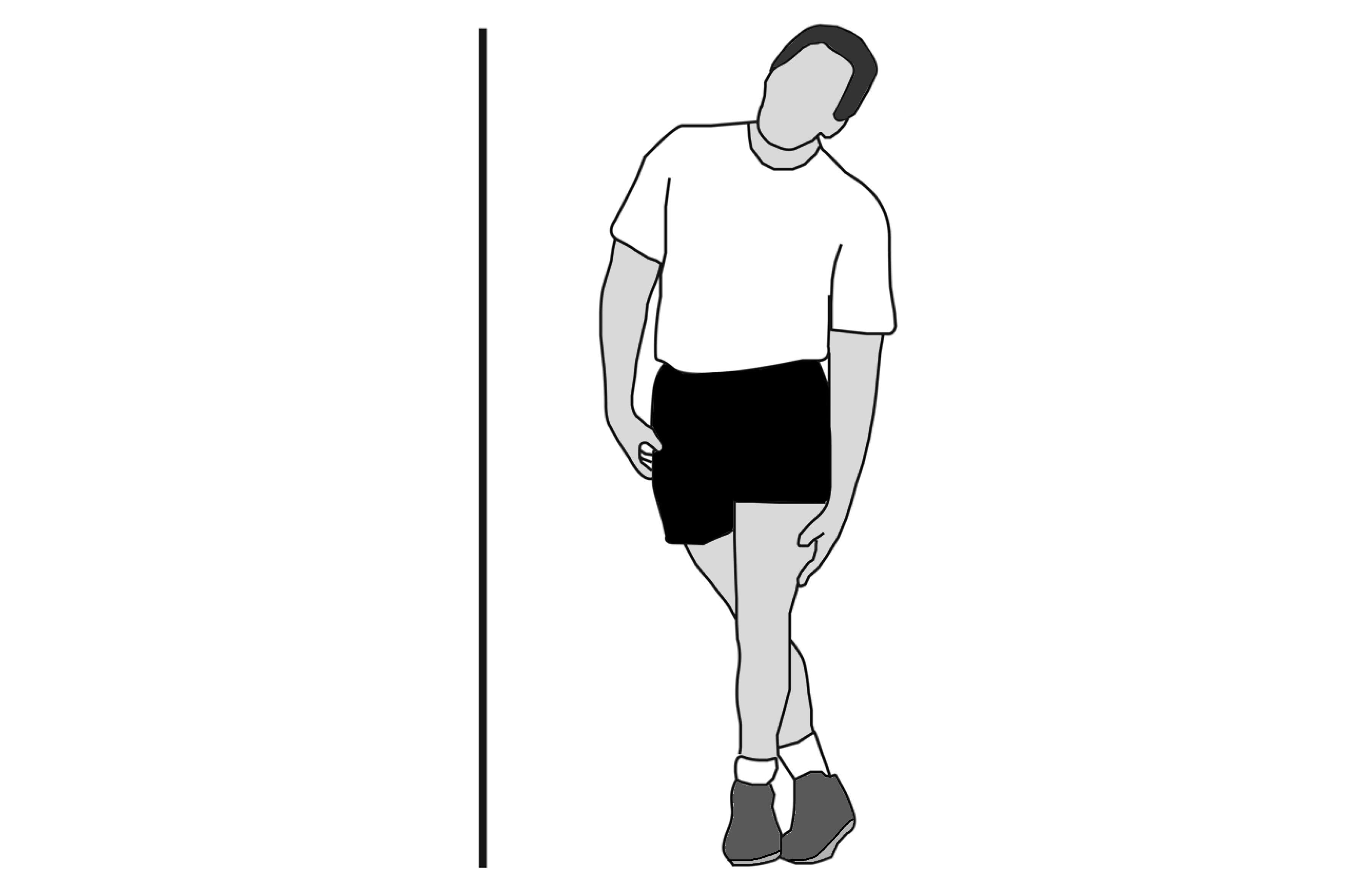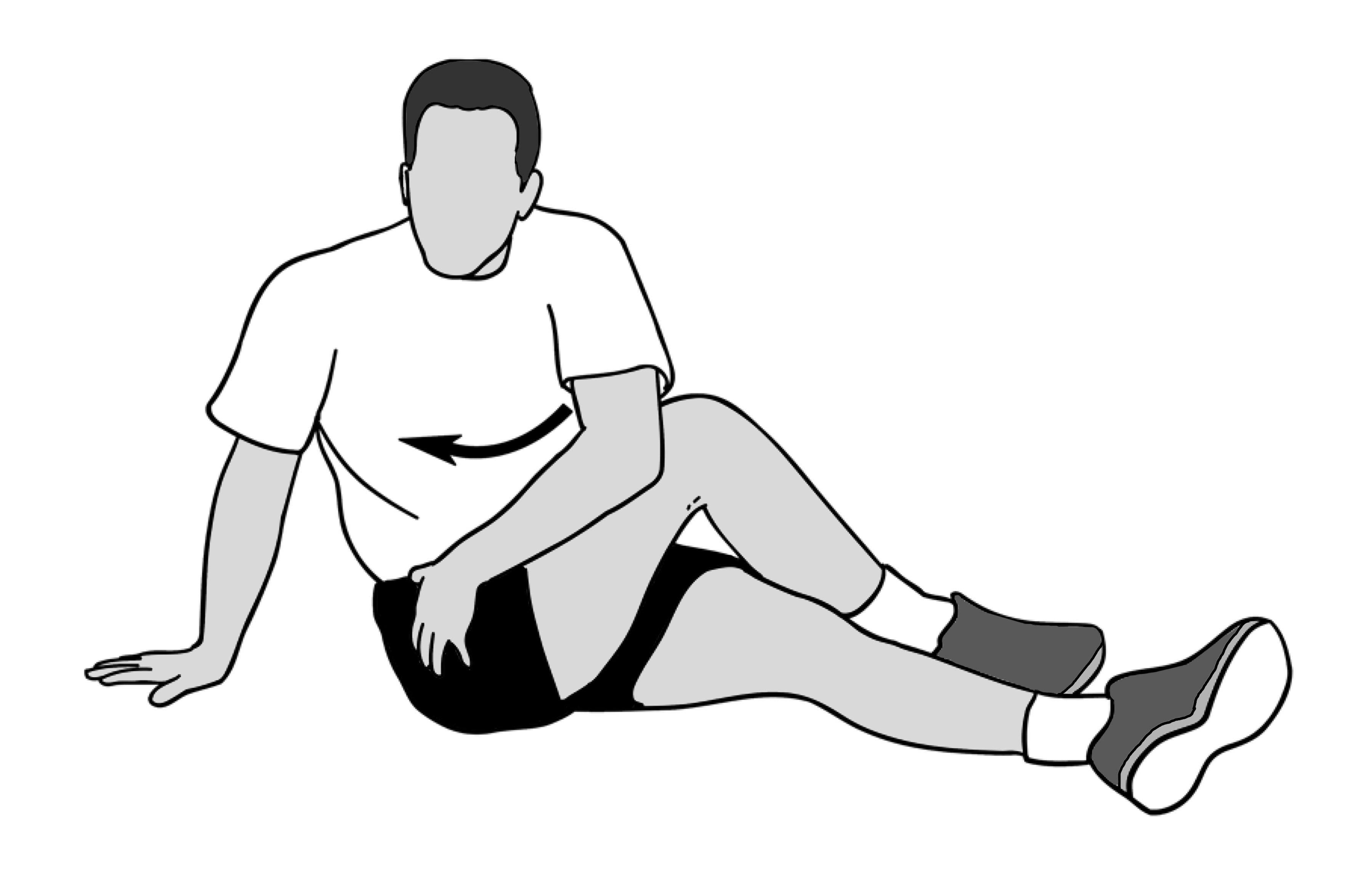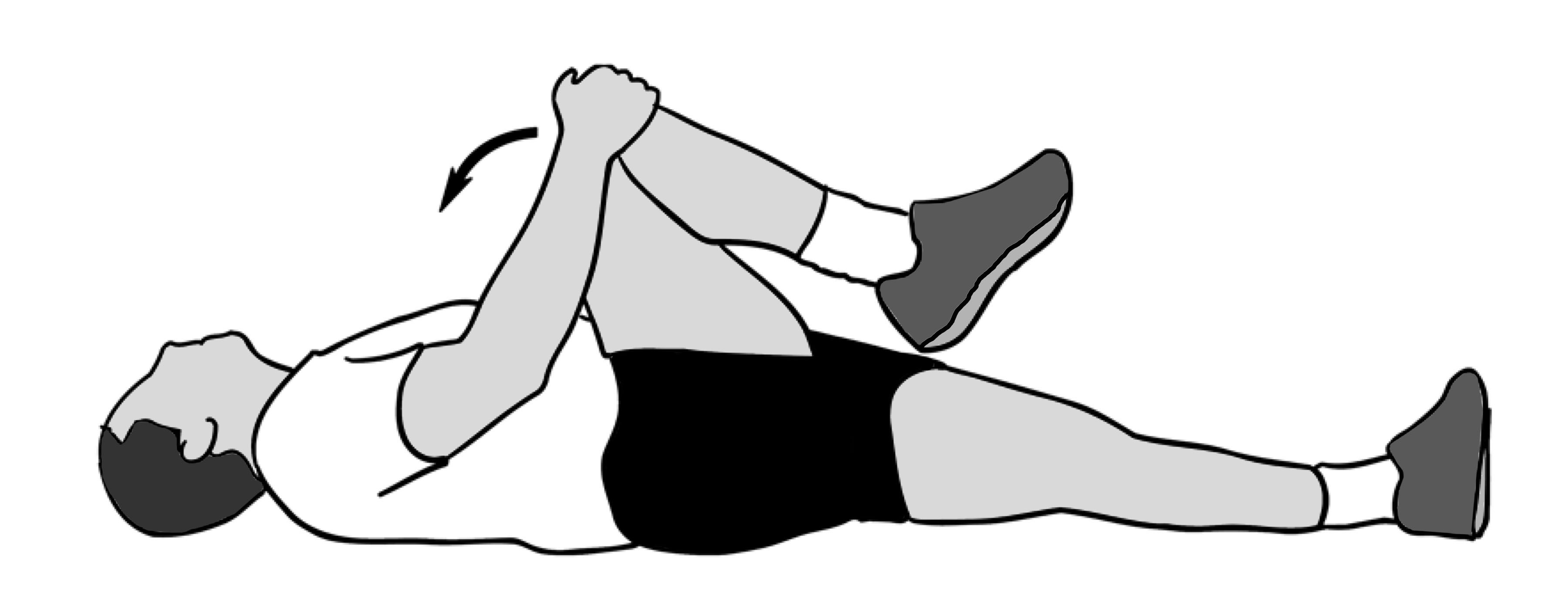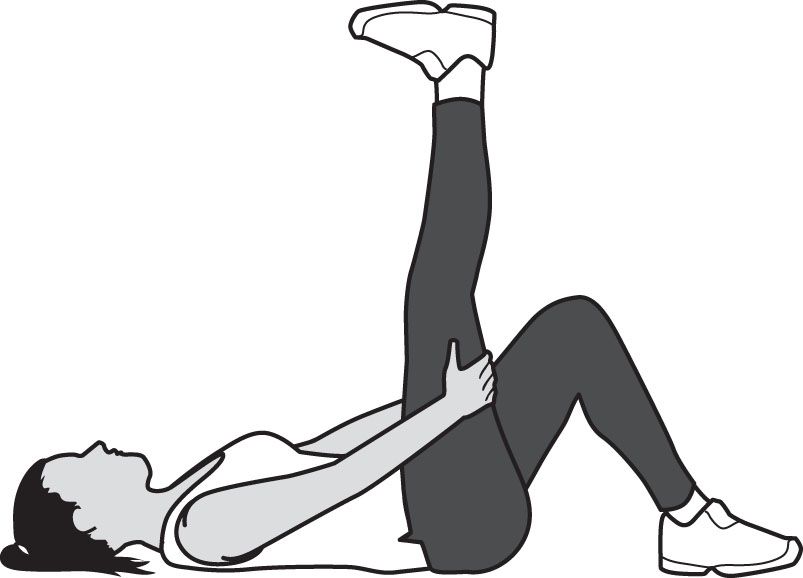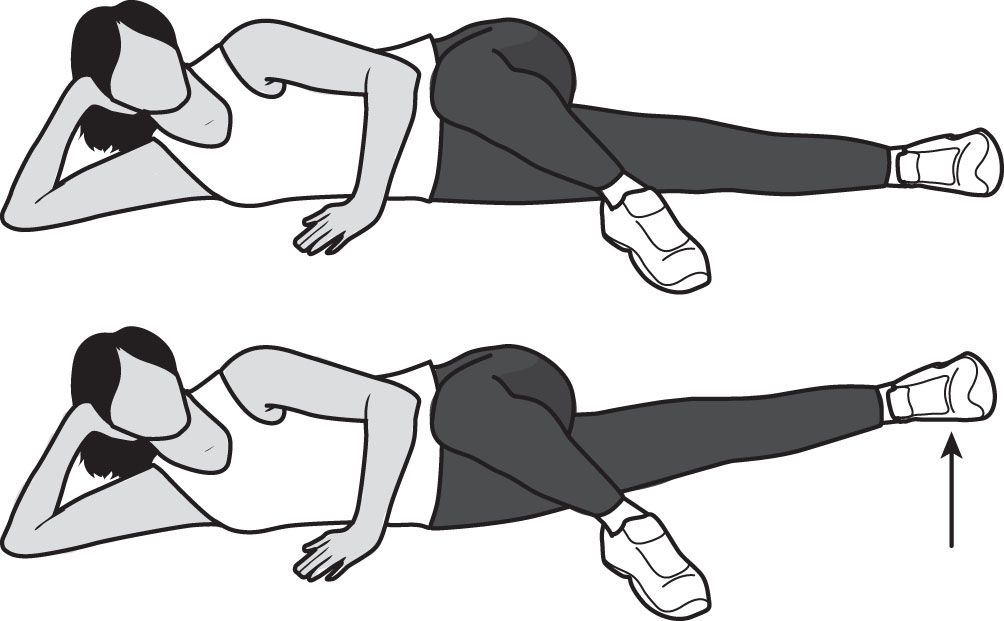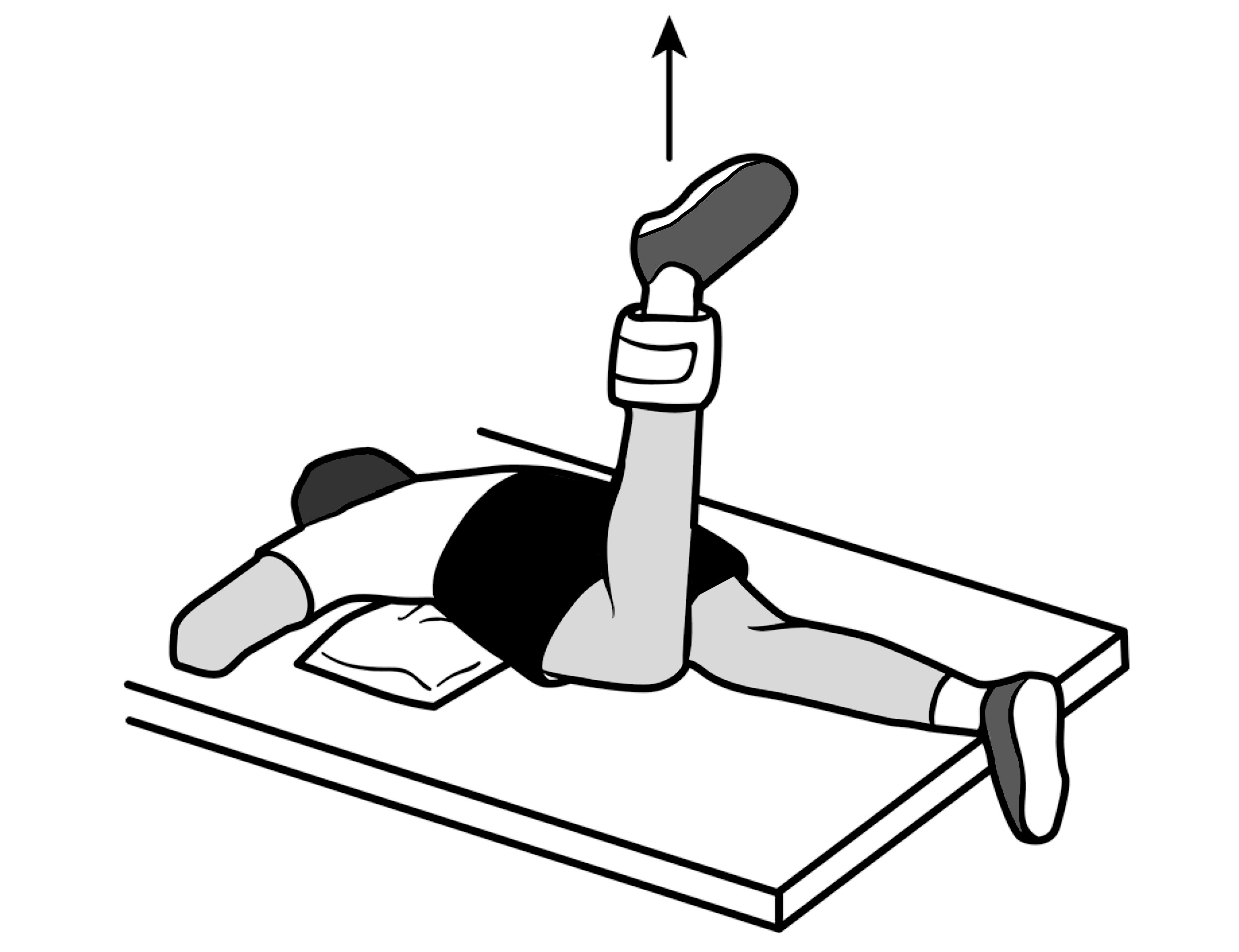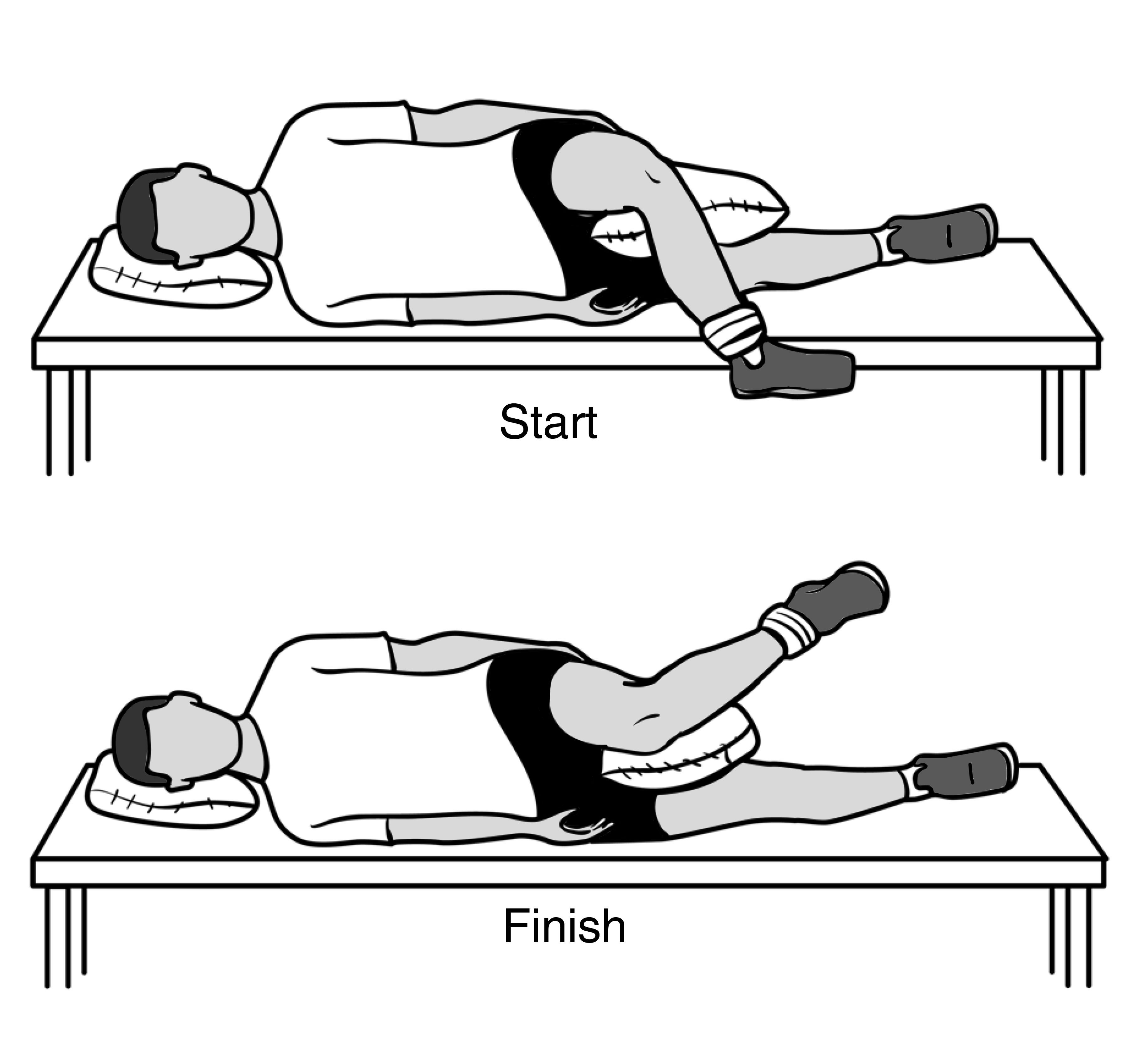Recovery
Hip Conditioning Program
To ensure that this program is safe and effective for you, it should be performed under your doctor's supervision. Talk to your doctor or physical therapist about which exercises will best help you meet your rehabilitation goals.
After an injury or surgery, an exercise conditioning program will help you return to daily activities and enjoy a more active, healthy lifestyle. Following a well-structured conditioning program will also help you return to sports and other recreational activities.
Strength: Strengthening the muscles that support your hip will help keep your hip joint stable. Keeping these muscles strong can relieve pain and prevent further injury.
Flexibility: Stretching the muscles that you strengthen is important for restoring range of motion and preventing injury. Gently stretching after strengthening exercises can help reduce muscle soreness and keep your muscles long and flexible.
Target Muscles: The muscle groups targeted in this conditioning program include:
- Gluteus maximus (buttocks)
- Gluteus medius (buttocks)
- Hamstrings (back of thigh)
- Piriformis (buttocks)
- Adductors (inner thigh)
- Abductors (outer thigh)
- Tensor Fascia (outer thigh)
Length of program: This hip conditioning program should be continued for 4 to 6 weeks, unless otherwise specified by your doctor or physical therapist. After your recovery, these exercises can be continued as a maintenance program for lifelong protection and health of your hips and thighs. Performing the exercises 2 to 3 days a week will maintain strength and range of motion in your hips and thighs.
Getting Started
Warm up: Before doing the following exercises, warm up with 5 to 10 minutes of low impact activity, like walking or riding a stationary bicycle.
Stretch: After the warm-up, do the stretching exercises shown on Page 1 before moving on to the strengthening exercises. When you have completed the strengthening exercises, repeat the stretching exercises to end the program.
Do not ignore pain: You should not feel pain during an exercise. Talk to your doctor or physical therapist if you have any pain while exercising.
Ask questions: If you are not sure how to do an exercise, or how often to do it, contact your doctor or physical therapist.
1. Standing Iliotibial Band Stretch
Repetitions 2 sets of 4
Days per week Daily
Main muscles worked: Tensor fascia
You should feel this stretch at the outside of your hip
Equipment needed: None
Step-by-step directions
- Stand next to a wall for support
- Cross the leg that is closest to the wall behind your other leg.
- Lean your hip toward the wall until you feel a stretch at the outside of your hip. Hold the stretch for 30 seconds.
- Repeat on the opposite side, then repeat the entire sequence 4 times.
Tip Do not lean forward or twist at the waist.
2. Seated Rotation Stretch
Repetitions 2 sets of 4
Days per week Daily
Main muscles worked: Piriformis
You should feel this stretch in your buttocks, as well as at your sides
Equipment needed: None
Step-by-step directions
- Sit on the floor with both legs straight in front of you. Cross one leg over the other.
- Slowly twist toward your bent leg, putting your hand behind you for support.
- Place your opposite arm on your bent thigh and use it to help you twist further.
- Look over your shoulder and hold the stretch for 30 seconds. Slowly come back to center.
- Reverse leg positions and repeat the stretch on the other side. Repeat the entire sequence 4 times.
Tip Keep your sit bones pressed into the floor throughout the stretch.
3. Knee to Chest
Repetitions 2 sets of 4
Days per week Daily
Main muscles worked: Gluteus maximus, gluteus medius
You should feel this stretch in your buttocks
Equipment needed: None
Step-by-step directions
- Lie on your back on the floor with your legs extended straight out.
- Bend one knee and grasp your shinbone with your hands.
- Gently pull your knee toward your chest as far as it will go.
- Hold the stretch for 30 seconds, then relax for 30 seconds.
- Repeat on the other side, then pull both legs in together. Repeat the entire sequence 4 times.
Tip Keep your lower back pressed into the floor.
4. Supine Hamstring Stretch
Repetitions 2 sets of 4
Days per week Daily
Main muscles worked: Hamstrings
You should feel this stretch at the back of your thigh and behind your knee
Equipment needed: None
Step-by-step directions
- Lie on the floor with both knees bent.
- Lift one leg off of the floor and bring the knee toward your chest. Clasp your hands behind your thigh below your knee.
- Straighten your leg and then pull it gently toward your head until you feel a stretch. (If you have difficulty clasping your hands behind your leg, loop a towel around your thigh. Grasp the ends of the towel and pull your leg toward you.)
- Hold for 30 to 60 seconds, then relax for 30 seconds.
- Repeat on the other side, then repeat the entire sequence 4 times.
Tip Do not pull at your knee joint.
5. Hip Abduction
Repetitions 8
Days per week 2 to 3
Main muscles worked: Gluteus medius, abductors
You should feel this exercise at your outer thigh and buttocks
Equipment needed: Begin with a weight that allows 8 repetitions and progress to 12 repetitions. As the exercise becomes easier, add weight in 1-pound increments. Each time you increase the weight, start again at 8 repetitions, working back up to 12.
Step-by-step directions
- Lie on your side with your injured leg on top and the bottom leg bent to provide support.
- Straighten your top leg and slowly raise it to 45°. Keep your knee straight, but not locked.
- Hold this position for 5 seconds.
- Slowly lower your leg and relax it for 2 seconds.
- Repeat, then complete exercise on the other side.
Tip Do not turn your leg in an effort to raise it higher. The outside of your thigh should be lifted toward the ceiling.
6. Hip Adduction
Repetitions 8
Days per week 2 to 3
Main muscles worked: Adductors
You should feel this exercise at your inner thigh
Equipment needed: Begin with a weight that allows 8 repetitions and progress to 12 repetitions. As the exercise becomes easier, add weight in 1-pound increments. Each time you increase the weight, start again at 8 repetitions, working back up to 12.
Step-by-step directions
- Lie on the side of your injured leg with both legs straight.
- Bend your top leg and cross it over your injured leg.
- Raise your injured leg 6 to 8 inches off of the floor.
- Hold this position for 5 seconds.
- Slowly lower your leg and rest for 2 seconds.
- Repeat, then complete exercise on the other side.
Tip Place your hand on the floor in front of your abdomen to prevent you from leaning backward.
7. Hip Extension (Prone)
Repetitions 8
Days per week 2 to 3
Main muscles worked: Gluteus maximus
You should feel this exercise in your buttocks
Equipment needed: Begin with a weight that allows 8 repetitions and progress to 12 repetitions. As the exercise becomes easier, add weight in 1-pound increments. Each time you increase the weight, start again at 8 repetitions, working back up to 12.
Step-by-step directions
- Lie on your stomach on a firm, flat surface with a pillow under your hips.
- Bend one knee 90°.
- Lift your leg straight up as shown.
- Slowly lower your leg down to the floor, counting to 5.
- Repeat, then complete exercise on the other side.
Tip Keep your head, neck, and upper body relaxed during this exercise.
8. Internal Hip Rotation
Repetitions 8
Days per week 2 to 3
Main muscles worked: Medial hamstrings
You should feel this exercise at the back of your thigh
Equipment needed: Begin with a weight that allows 8 repetitions and progress to 12 repetitions. As the exercise becomes easier, add weight in 1-pound increments. Each time you increase the weight, start again at 8 repetitions, working back up to 12.
Step-by-step directions
- Lie on your side on a table or physical therapy bench with a pillow between your thighs. Place your lower arm in front of your body and use a pillow under your head for comfort, if needed.
- Bring your top leg forward and lower your foot so that it is below the tabletop, as shown in the "start" position. Your bottom leg can be slightly bent for balance.
- Rotate your hip and lift your foot as high as possible, as shown in the "finish" position.
- Slowly lower your leg back to the "start" position, counting to 5.
- Repeat, then complete exercise on the other side.
Tip Stay centered on your side and do not lean your body forward or backward.
9. External Hip Rotation
Repetitions 8
Days per week 2 to 3
Main muscles worked: Piriformis
You should feel this exercise in your buttocks
Equipment needed: Begin with a weight that allows 8 repetitions and progress to 12 repetitions. As the exercise becomes easier, add weight in 1-pound increments. Each time you increase the weight, start again at 8 repetitions, working back up to 12.
Step-by-step directions
- Lie on your side on a table or physical therapy bench. Place your lower arm in front of your body and use a pillow under your head for comfort, if needed.
- Bring your bottom leg forward and lower your foot so that it is below the tabletop, as shown in the "start" position. Your top leg is mostly straight to help you balance.
- Rotate your hip and lift your foot as high as possible, as shown in the "finish" position.
- Slowly lower your leg back to the "start" position, counting to 5.
- Repeat on the other side.
Tip Stay centered on your side and do not lean your body forward or backward.
Contributed and/or Updated by
AAOS does not endorse any treatments, procedures, products, or physicians referenced herein. This information is provided as an educational service and is not intended to serve as medical advice. Anyone seeking specific orthopaedic advice or assistance should consult his or her orthopaedic surgeon, or locate one in your area through the AAOS Find an Orthopaedist program on this website.








